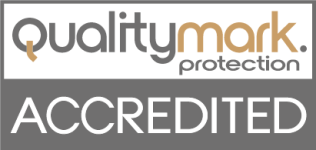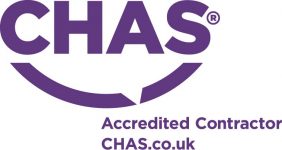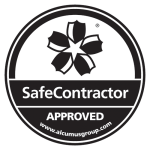Installing loft insulation is a great way to reduce your energy costs and stay warm. There are a number of options when it comes to selecting this type of insulation, for your home there are a variety of different insulating materials that you can choose from.
Blanket or batt loft insulation
This is one of the most commonly used types of loft insulation and comes in foil-backed felt rolls or as rolls of mineral fibre or glass. One option is to have it made of sheep’s wool, which can cost more.
Pros
On the plus side, this kind of insulation is easy to install (you can do it yourself) and some brands use sheep’s wool or recycled glass, which won’t irritate.
Cons
Some materials can be irritating, especially if you have sensitive skin. If space is small or there are lots of obstructions, blanket rolls may be too bulky to fit.
For accessible spaces, this kind of insulation is especially handy.
Loose-fill insulation
Loose-fill insulation is made from a range of lightweight or granular materials including mineral wool, cork granules and cellulose fibre.
Greener options include recycled newspaper.
Pros
This is a useful way to top up an attic’s current insulation.
It fits snugly around obstructions or unevenly spaced joists.
Cons
On the downside, it may come loose if your loft is very draughty, and you’ll need protective clothing and the right safety kit while you are installing it.
Sheet loft insulation
Sheet loft insulation is for insulating a roof’s sloping sides. It comes as hard boards, some with a fire or moisture resistant or decorative cover. For an extra charge, you can order this pre-cut to specific sizes.
Greener options include cork, wood and straw boards. This is a great for loft conversions and you can cover it with plasterboard for a nicer looking finish.
However, it can be expensive, and a lot of energy is used during the production of this insulation.
Blown-fibre loft insulation
This must be installed professionally and is blown into the gaps between your joists.
Again, it can be quite expensive and it isn’t recommended for draughty lofts but, it’s light, convenient and eco-friendly, it goes well in areas where access would otherwise be tricky and it can be installed quickly and easily.








